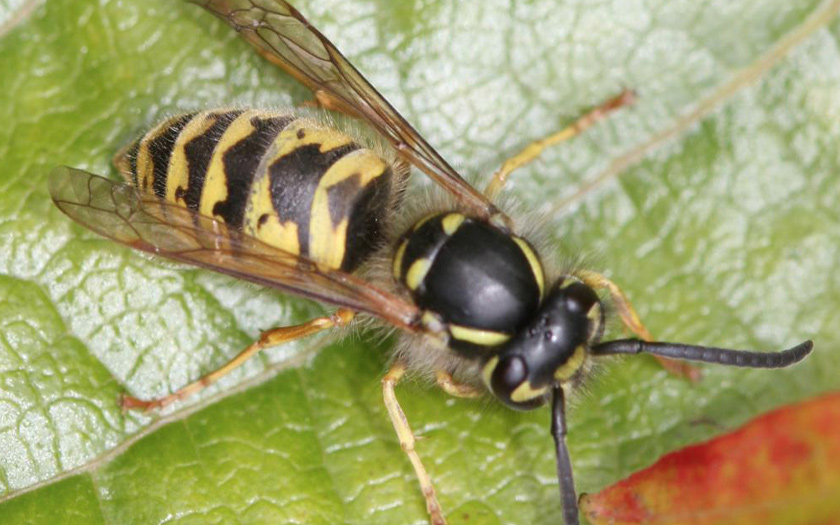
The most commonly known wasps are the yellow jackets and hornets. They have common ancestors with bees and ants. While some wasps are social and build colonies, many other wasps are solitary and lay eggs in the larvae of other insects. The young feed off of the host larvae. Certain wasps can be used for biological pest control for example the whitefly in tomatoes.
Social wasps make paper nests and sometimes find themselves building too close in proximity to human activity. People often get stung in late summer. This is when wasp colonies are no longer breeding and the new workers are out looking for food. Wasps can turn aggressive even if you are near the nest. Other types of wasps build nests in the ground which are harder to see and can accidentally be disturbed. Wasp stings are not dangerous unless the person is susceptible to anaphylactic shock. The stings are very painful.
If the nest is large and occupied by social wasps, such as yellow jackets or hornets, consider hiring Hart’s Extermination. If you are going to attempt to get rid of the wasp nest yourself, be sure to wear padding and eye protection — not just against stingers but also against any store-bought insecticides you might be spraying into the air. Remember, if you kill a wasp near the nest, the wasp’s death will release chemical signals which will alert the other wasps to attack.







